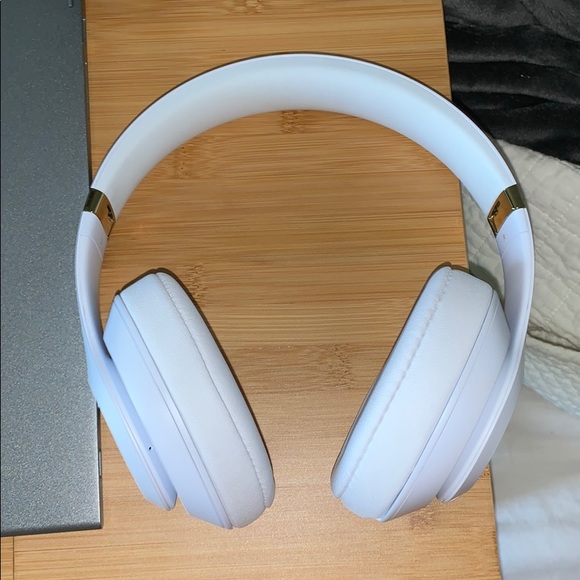Bose and Sony have been leading the active noise cancelling game in the headphones industry for some time now. However, the Apple Inc.-owned Beats Electronics tried to dip its toes in this category with the Beast Studio 3 Wireless. Question is, can the Beats Studio 3 Wireless stand up to its competitor?
Table of Contents
- Who are the Beats Studio3 Wireless for?
- Beats Studio Wireless Usage
- Beats Studio 3 Wireless Microphones and Remote
- Beats Studio 3 Wireless Connectivity Features
- How’s the active noise cancelling performance?
- Beats Studio 3 Wireless Battery Life
- Beats Studio 3 Wireless Sound Quality
- Should You Purchase the Beats Studio 3 Wireless?
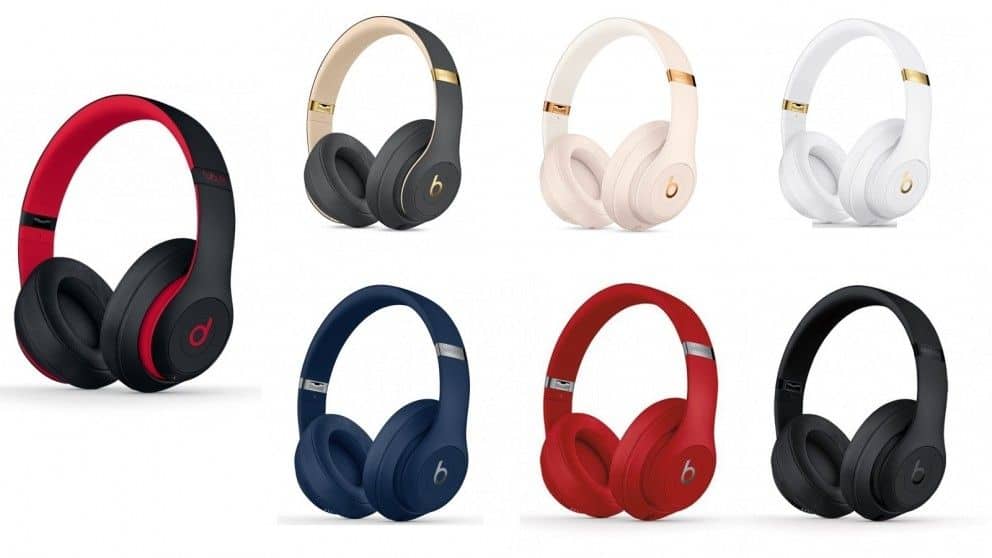
Who are the Beats Studio3 Wireless for?
The Beats Studio 3 Wireless will surely be appreciated by bass lovers. If you are a die hard Beats fan, you would know all too well that all the Beats products have rich, powerful bass. The Beats Studio 3 Wireless is also perfect for iPhone users who want to benefit from the W1 chip that high end headphones in this category has to offer.
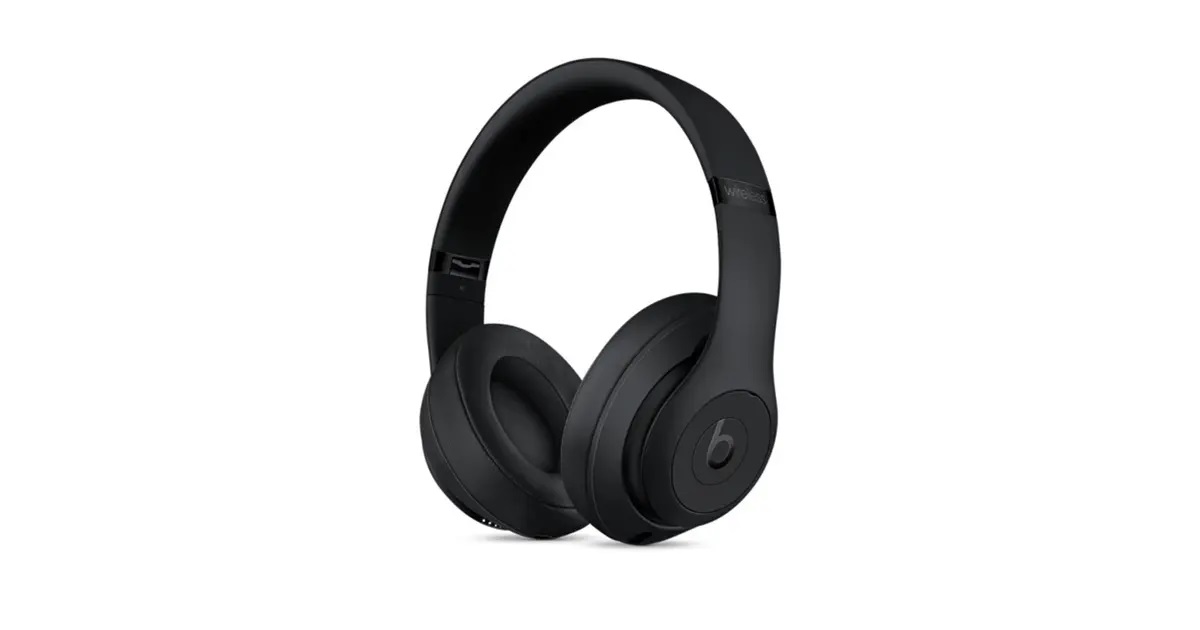
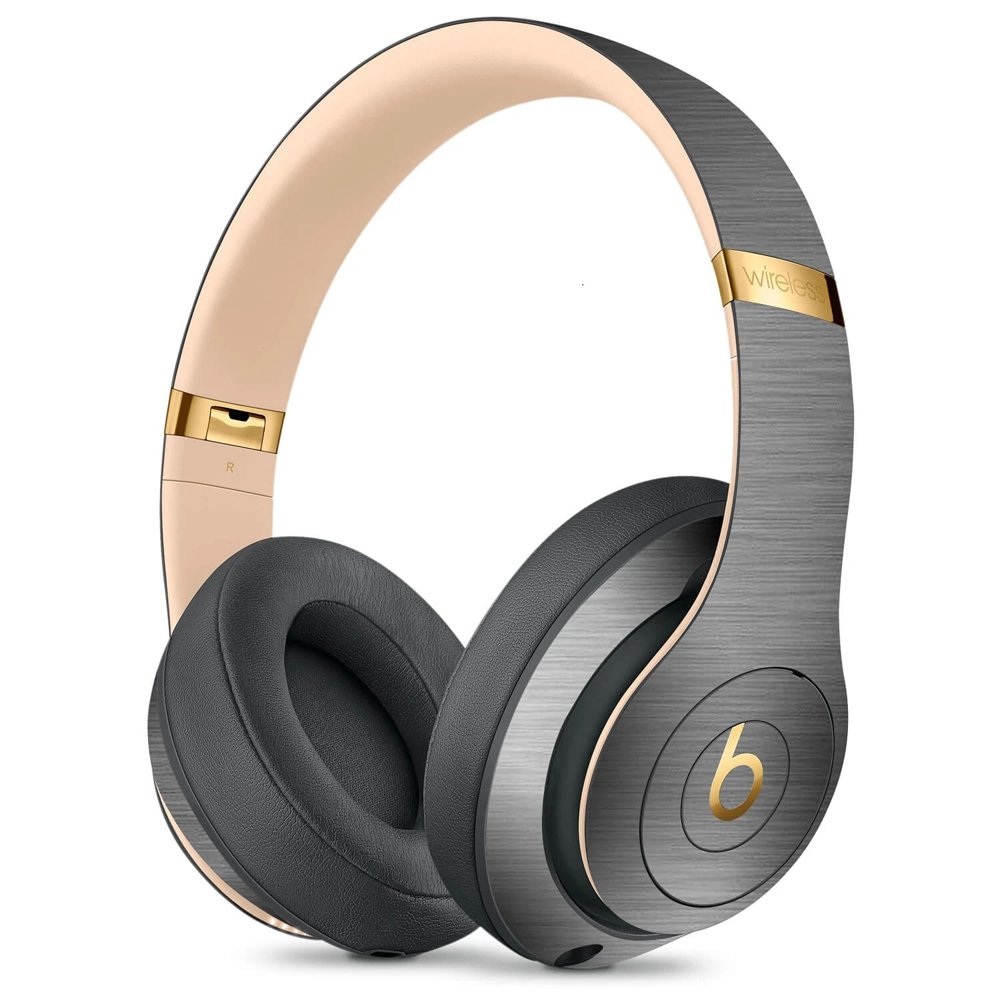
Beats Studio Wireless Usage
At first, the Beats Studio 3 Wireless feels great to the touch. Made from a soft, matte plastic, the Beats Studio 3 Wireless is smooth to the touch. Plus, it’s not as fingerprint-prone as other headphones. With regular use, fingerprint smudges can be easily wiped away. The plush earcups of the Beats Studio 3 Wireless also offer great comfort, and you can actually wear these for long periods of time without feeling any pain or pressure on your ears. If anything, the headphones may get a little hot and stuffy for a while, but with its plush materials, that’s not surprising to learn.
Another notable feature of the Beats Studio 3 Wireless focuses on how compact it gets when folded. If you are a frequent traveler, you will really appreciate the compactness of the Beats Studio 3 Wireless. As mentioned earlier, the Beats Studio 3 Wireless look really plush and the hinges and adjustable band are the only visible metal parts.
Since we’re all for an honest review, the plastic construction of the Beats Studio 3 Wireless is not quite at par with the QC35 headphones which are also made of plastic. Compared to the QC35, the Beats Studio 3 Wireless feels more stiff and you could also feel the headphones straining against the pressure if you twist or turn them. This may pose as a problem if you are planning on just putting the Beats Studio Wireless 3 in a bag. Fortunately, the Beats Studio 3 Wireless comes with a hardshell carrying case to keep those cans protected.
Beats Studio 3 Wireless Microphones and Remote
On the bottom of the left earcup of the Beats Studio 3 Wireless is a 3.5mm input where you can plug in the audio cable with a remote and mic. It doesn’t end with a lightning cable and also doesn’t come with a dongle.
On the right earcup, you’ll get from the right earcup is the logo and a power button with five small LED lights that gives users a sign how much battery life is left. If you double tap the power button, you can toggle the active noise cancelling feature, as long as you are using the Beats Studio 3 Wireless with an iOS device. For Android devices, you can toggle the noise cancelling feature by downloading the Beats app. At the bottom of the headphones is a micro-USB port, but not the USB Type-C.
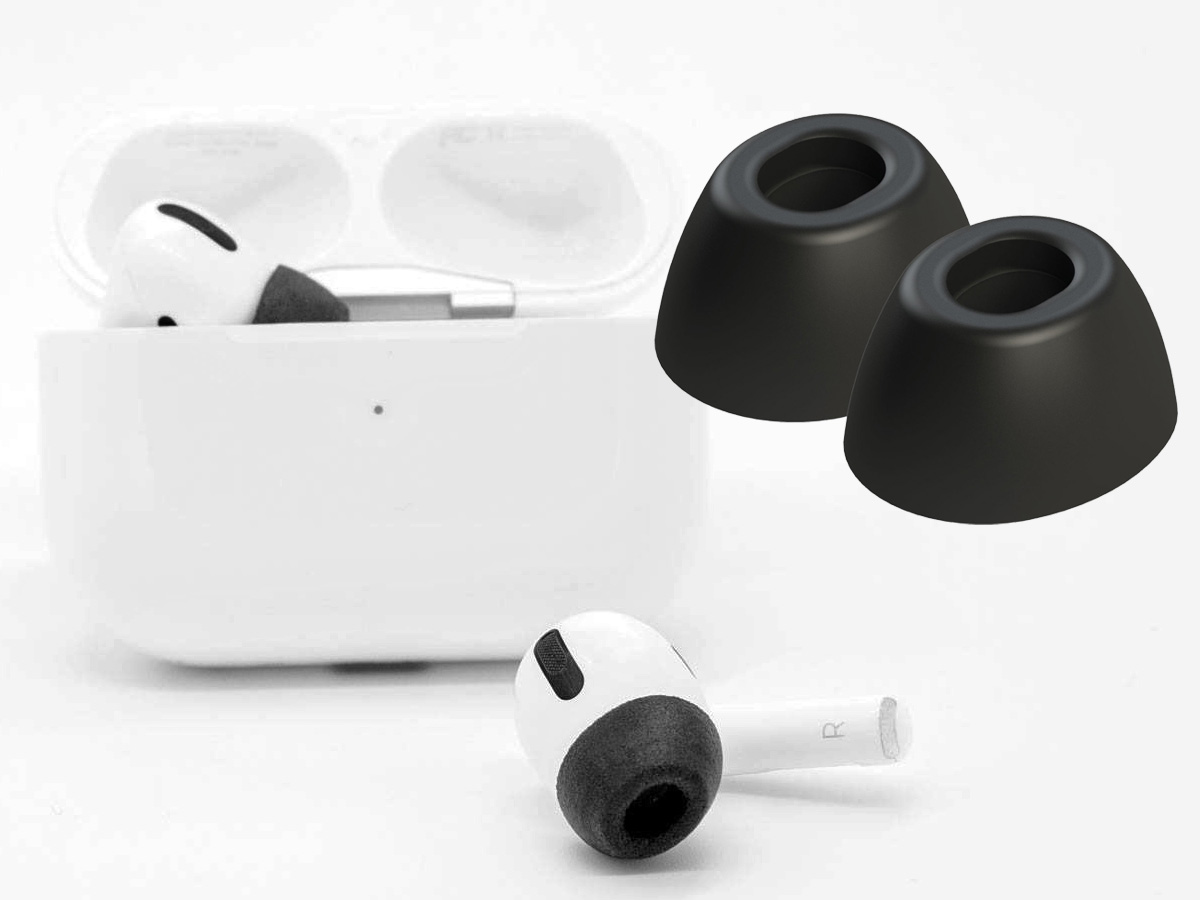
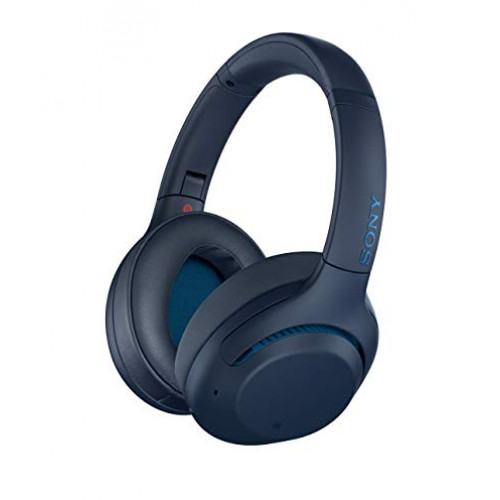
Beats Studio 3 Wireless Connectivity Features
The Beats Studio 3 Wireless headphones support AAC and SBC Bluetooth codecs. It also has Class 1 Bluetooth and Apple’s proprietary W1 chip. If your devices are mostly from Apple, you’ll automatically be able to use the Beats Studio 3 Wireless with all your iCloud connected devices (iPhone, iPad, Mac and Apple TV) without having to pair them again, which is a pretty neat feature that saves time and effort.
Meanwhile, Android users need to pair the Beats Studio 3 Wireless to their devices (Google Pixel, a Windows PC or a Chromebook) traditionally by opening up the Bluetooth settings. However, that process is still seamless and won’t take up much of your time.
The connection strength of Beats Studio 3 Wireless is strong regardless of the operating system it is used with. Obviously, the Beats Studio 3 Wireless may have been originally engineered with the iOS operating system but we’re still impressed by its performance with Android devices.
How’s the active noise cancelling performance?
The Beats Studio 3 Wireless are marketed as headphones with active noise canceling so that’s pretty much what you can expect. Users can activate or deactivate the ANC in two ways – by navigating through the actual Bluetooth settings in the iOS app or by clicking the power button twice. For Android users, the Active Noise Cancelling feature can be toggled by downloading the Beats app. By default, the Beats Studio 3 Wireless always has the ANC feature turned on, adapting to the amount of real-time sound going on around you.

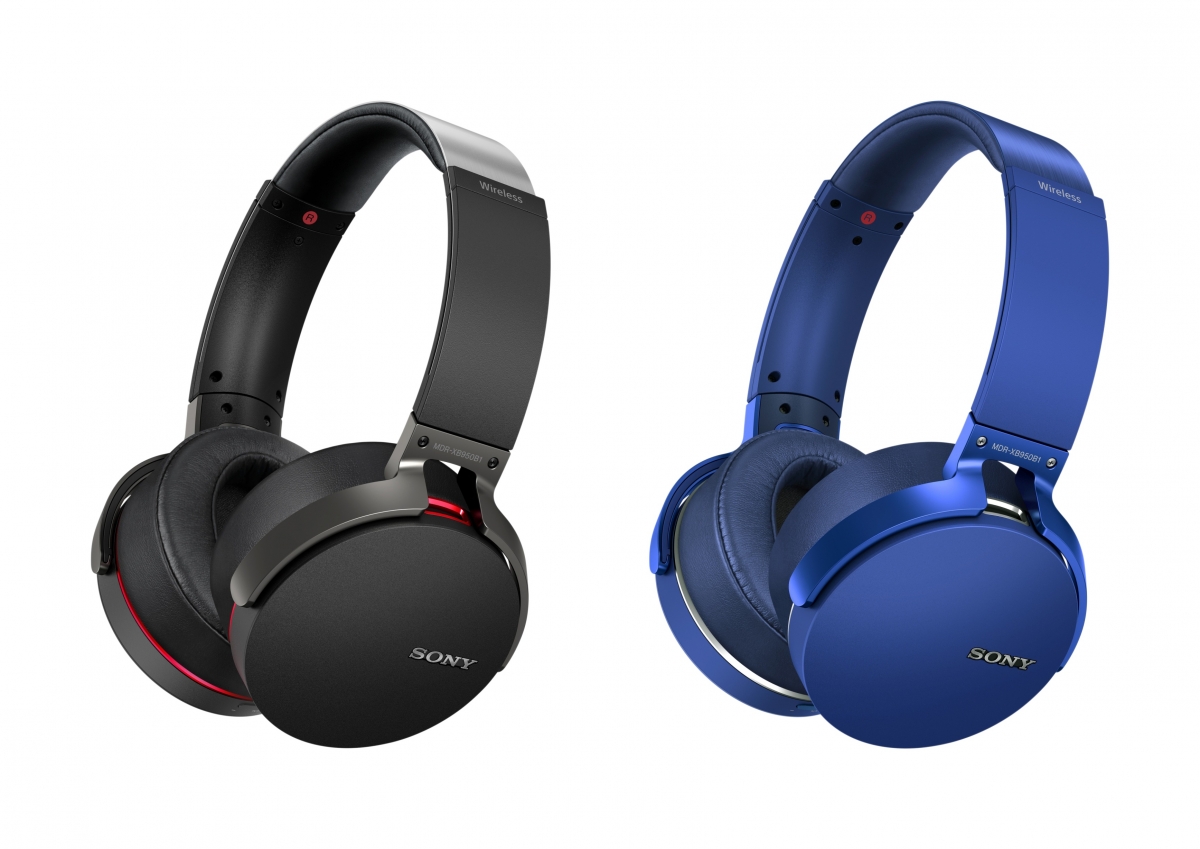
Beats Studio 3 Wireless Battery Life
The company claims that the life of Beats Studio 3 Wireless can last for 22 hours with active noise cancelling feature turned on while it can stretch up to 40 hours without. If we compare the Beats Studio 3 Wireless to its closest competitor, Bose QC35, the latter only offers 20 hours of constant playback. Put simply, the Beats Studio 3 Wireless has more fuel than Bose QC35.
There have been some reviews though, that the battery life and Bluetooth connection of the Beats Studio 3 Wireless suffer if it’s not connected to Apple devices. These are considered to be isolated issues though as there have also been lots of Android users who have given Beats Studio 3 Wireless a good rating thanks to its stellar performance.
Beats Studio 3 Wireless Sound Quality
Now let’s talk about the sound performance of the Beats Studio 3 Wireless. When it comes to headphones, a user usually looks for these 3 qualities – sound quality, comfort and battery life. As mentioned earlier, Beats Electronics headphones are notorious for its rich, premium bass. The lower frequencies of the Beats Studio 3 Wireless are heavily highlighted, quite so to the point that some of the other frequencies are a bit compromised.
If you put the music in high volume, you may notice that the vocals are somewhat compromised because of the powerful bass. Aside from the overall lack of clarity, the underlying melody also appears to be given more emphasis. Of course, if you are just in it for casual listening and you’re looking for a pair of headphones that deliver a healthy dose of bass, the Beats Studio 3 Wireless is a gold choice.
If anything, we’ve noticed that the design of the Beats Studio 3 Wireless makes it prone to wind noise. Technically, noise cancelling headphones should provide tranquility as an escape from the noisy world but some users have noted that Beats Studio 3 Wireless has some issues when it comes to wind noise control. You can actually overcome this issue with a hack – turn your head sideways. However, it’s not really that comfortable to always turn your head sideways when you wear it during windy days, right?
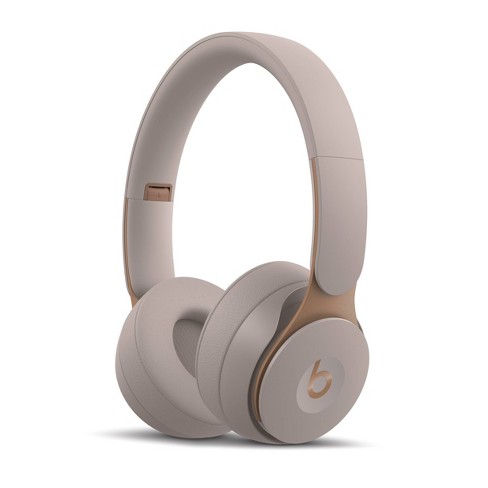
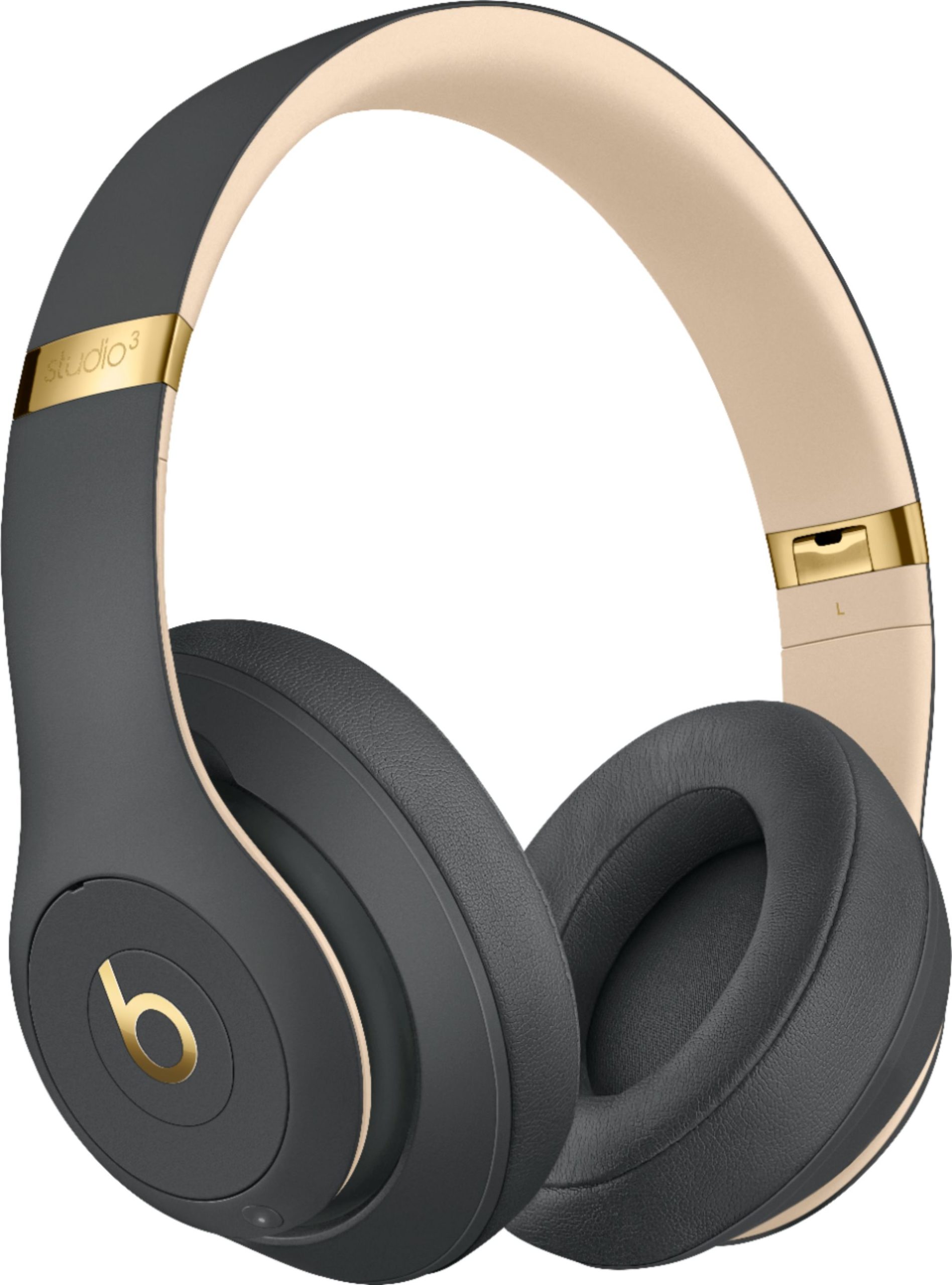
Should You Purchase the Beats Studio 3 Wireless?
One of the critical factors that influence our choice to purchase a pair of headphones is its comfort. The AirPods Pro are marketed to have an
If you are an audiophile and are looking for a pair of headphones that offer pure and unadulterated frequencies, we would have to drive you to a different pair from a different brand, like Bose or Sony. Based on experience and real life reviews, the Beats Studio 3 Wireless pales in comparison with Bose QC35 and Sony WH-1000XM4 in generally all aspects.
In terms of durability, the Beats Studio 3 Wireless also seems to be pretty fragile and is prone to damage if it is bent too much. The active noise cancelling feature is decent, we’ll give Beats Studio 3 Wireless that, but it’s not really at par with its top rating competitors in the market. Further, its close competitors in the same price range are said to have a stronger and durable build.
Some would say that the biggest challenge in using the Beats Studio 3 Wireless is the fact that these cans have a sort of Jekyl-Hyde personality, functioning as two fundamentally different pairs of headphones depending on whether you use an iPhone or an Android device.
In defense of Beats Studio 3 Wireless, it’s not that realistic to look for pure and premium audio quality with headphones that offer active noise cancelling tech. A decent noise cancelling headphone efficiently conveys the emotion and impact of audio while filtering out those cumbersome ambient noises, and the Beats Studio 3 Wireless does just that.
Overall, the Beats Studio 3 Wireless is a decent noise cancelling headphone, but without its W1 augmentation, it doesn’t really have an edge among its competitors. We also wouldn’t recommend it for users who are not in the Apple ecosystem, but if you’re really curious, then it’s worth a try for $350.

